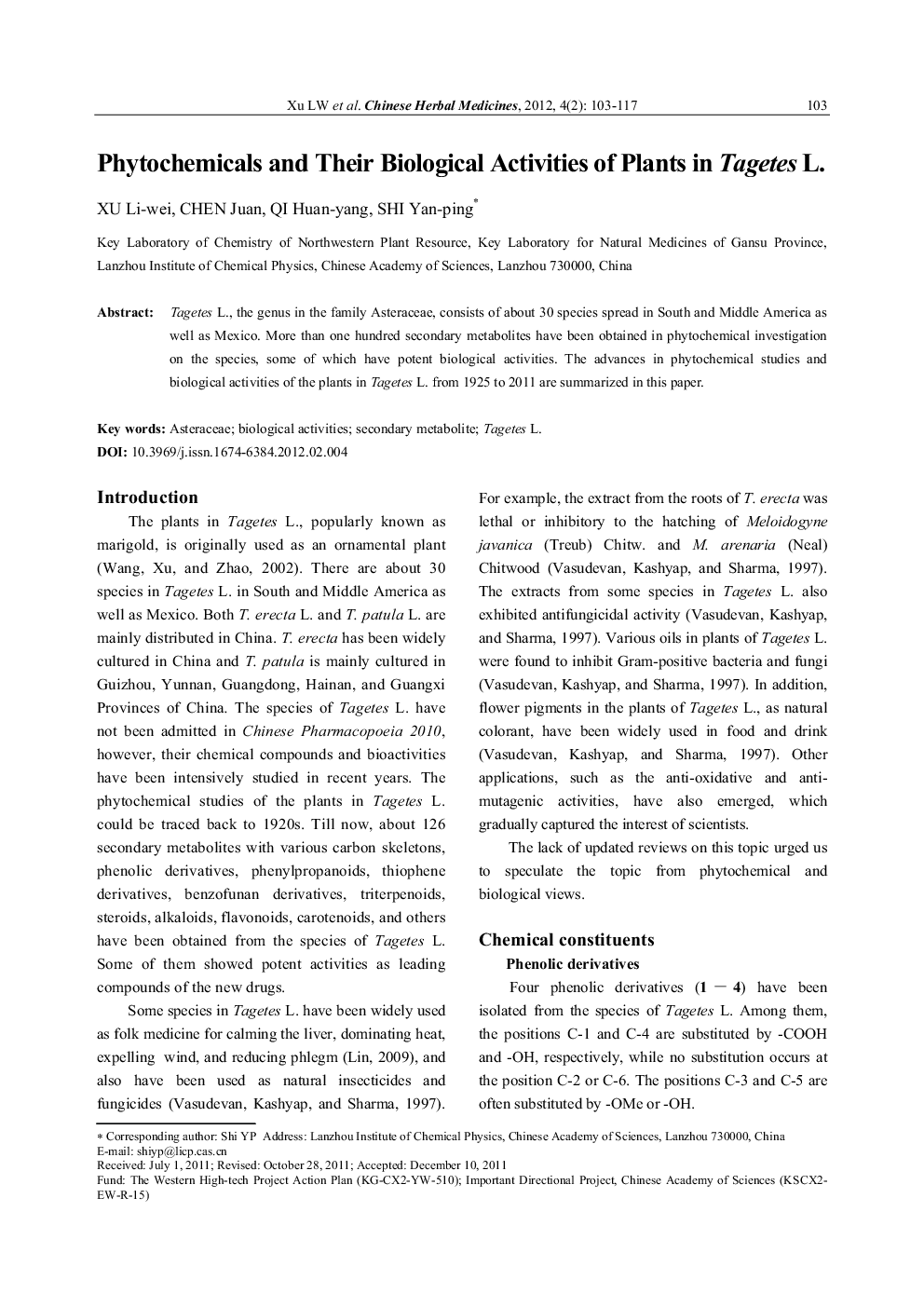| Article ID | Journal | Published Year | Pages | File Type |
|---|---|---|---|---|
| 5739102 | Progress in Neurobiology | 2017 | 15 Pages |
Abstract
Rapid progress is being made in understanding the roles of the cerebral meninges in the maintenance of normal brain function, in immune surveillance, and as a site of disease. Most basic research on the meninges and the neural brain is now done on mice, major attractions being the availability of reporter mice with fluorescent cells, and of a huge range of antibodies useful for immunocytochemistry and the characterization of isolated cells. In addition, two-photon microscopy through the unperforated calvaria allows intravital imaging of the undisturbed meninges with sub-micron resolution. The anatomy of the dorsal meninges of the mouse (and, indeed, of all mammals) differs considerably from that shown in many published diagrams: over cortical convexities, the outer layer, the dura, is usually thicker than the inner layer, the leptomeninx, and both layers are richly vascularized and innervated, and communicate with the lymphatic system. A membrane barrier separates them and, in disease, inflammation can be localized to one layer or the other, so experimentalists must be able to identify the compartment they are studying. Here, we present current knowledge of the functional anatomy of the meninges, particularly as it appears in intravital imaging, and review their role as a gateway between the brain, blood, and lymphatics, drawing on information that is scattered among works on different pathologies.
Related Topics
Life Sciences
Neuroscience
Neuroscience (General)
Authors
Jonathan A. Coles, Elmarie Myburgh, James M. Brewer, Paul G. McMenamin,
